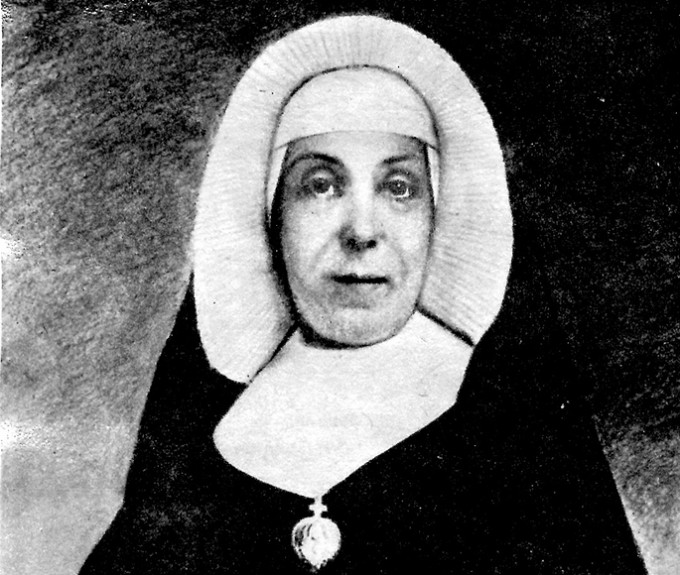Profiles In Nursing
Mother Mary of St. Angela (1824-1887), Civil War Hospital Administrator
Mother Angela stepped up to care for Union soldiers during the Civil War

Many people dedicate their lives to an ideal larger than themselves. Few do it with the intensity and competence of Eliza Marie Gillespie, better known as Mother Mary of St. Angela or just Mother Angela.
Best remembered today as a leader of her Catholic order, Mother Angela was also an exceptional lay nurse, a wartime nursing administrator, a teacher, a publisher, a textbook writer and an organizer of charitable causes. Her unwavering commitment to any project she started — especially educational opportunities for women — enriched both her congregation and the larger world.
From Lay Nurse to Nun
From an early age, “Lida,” as Mother Angela was known as a child, appeared fearless, precocious and ever in search of adventure. She was once described (in a paraphrase of Matthew 10:16) as having “the wisdom of the serpent and the innocence of the dove,” characteristics that would serve her well in adulthood.
Her first experience with nursing came during a cholera outbreak in Lancaster, Ohio, where her family had moved when she was 14. Her uncle, a community doctor, took the girl with him as he visited the homes of stricken families. Some of the more severe cases had been abandoned by their relatives and left to die alone.
Today, we would question the uncle’s judgment in bringing a young girl to call on patients suffering a virulent bacterial infection. However, young Lida tended these patients skillfully, not looking for a chance to rest until the outbreak had subsided. She also absorbed a great deal of medical knowledge. When she turned 18, Lida studied at a convent in the Georgetown neighborhood of Washington, D.C., and then went to work as a schoolteacher.
An attractive and socially prominent young woman, she was also a skilled, persistent fundraiser for causes like Irish famine relief and was active in other charitable work. In the early 1850s, while teaching at the state-funded St. Mary’s Seminary in Maryland, she again worked as a lay nurse, accompanying the local priest on sick calls. Her earlier experience with her uncle had left her adept at dressing wounds and even diagnosing illness.


